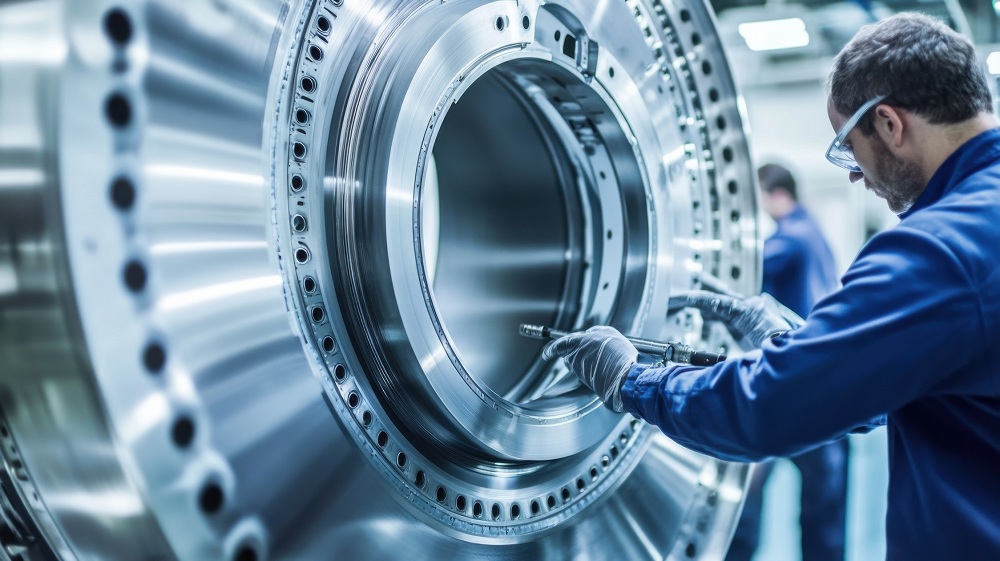Aerospace pushes materials to extremes. Aircraft must withstand punishing loads, constant vibration, temperature swings from -70° to 160°C, corroding moisture and salts, weathering ultraviolet radiation, lightning strikes and hail impacts. Furthermore, lightness proves mandatory for flight, with every pound causing a perpetual fuel penalty. Among man-made materials, only composites uniquely answer aviation’s immense structural demands at minimum weight.
Strength Where It Counts
This allows previously impossible slimmer structures and openings within an airframe’s thickness rather than bulky I-beam braces and heavy fasteners. Aerospace composites companies like Aerodine Composites leverage computer modeling to precisely align and layer multiple fibers optimizing mechanical loads and stiffness. The resulting layup concentrates material precisely where structural reinforcement gets needed rather than wasting it elsewhere like metals do. This tailored precision lightens airframes and reduces part count complexity tremendously.
Insurance Against Impacts
Unexpected ground vehicle collisions and severe weather buffeting easily exceed safe margins for metal airframes. Nonetheless, composites’ layered construction confines damage locally rather than spreading wide cracks, and unlike metals that weaken permanently from overstress or heating damage, composites retain original load capacity after impacts by flexing instead.
Wings That Slice Through Air
Aircraft wings constantly flex against immense lift forces, twisting the entire wing hundreds of times per flight. They also slice through the atmosphere at speeds producing incredible friction heat. Tempered metals that handle one extreme become too brittle coping with the other, but composites constructed with high-modulus fibers, epoxy resins and heat dissipation additives withstand both cyclical wing loads and aerodynamic heating in stride. Carefully oriented composites form ultra-stiff spars and aerofoil skins, keeping wings true through all regimes.
Engines Pushing The Thermal Limit
Jet turbine containment rings shielding wings endure some of aviation’s highest sustained temperatures. Though metals withstand brief spikes well, prolonged max-rated operation degrades strength gradually. Eventually burner cans must be replaced fearing sudden mechanical failure. Nevertheless, long-chain polymer composites endure prolonged high heat alongside large cyclic hoop stresses. This sustains max thrust in smaller engines for better fuel burn, range, and emissions. Only composites currently promise the thermal limit extension aviation needs.
Insulating Essential Systems
Along with low innate conductivity, composites therefore need minimal heavy shielding for avionics and mission systems. Their low density also provides superior acoustic dampening, which is important for quieting aircraft interiors and non-corroding composites means fewer heavy sealants on the protected substructure underneath.
Composites: Aviation’s Next Era Begins
Composite aircraft still stand as outliers today, comprising only a small number of the global fleet. But leading indicators confirm this represents merely the thin edge of composites’ full penetration. As manufacturing scales up and costs decline, composites appear poised to utterly transform aviation as the dominant structural material in the next decade or two. By then, new fuel-efficient single-aisle transports, supersonic business jets and even regional mega-airliners could all leverage integrated composites for maximizing performance. Strengthened by past success but unlimited by historical designs, these exceptional composites herald a promising renaissance soon to uplift aviation’s next era.
Conclusion
Aerospace-grade composites deliver advantages that metals cannot physically match. This multi-domain superiority supports aviation’s future quest for lighter single-aisle eco-liners to hypersonic transports crossing oceans in under 3 hours. Advanced composites may replace metals in the same way that jet engines replaced propellers. And aviation will continue climbing to new heights using these uniquely capable materials that promise to lift emerging aircraft even higher and faster than once believed possible.




